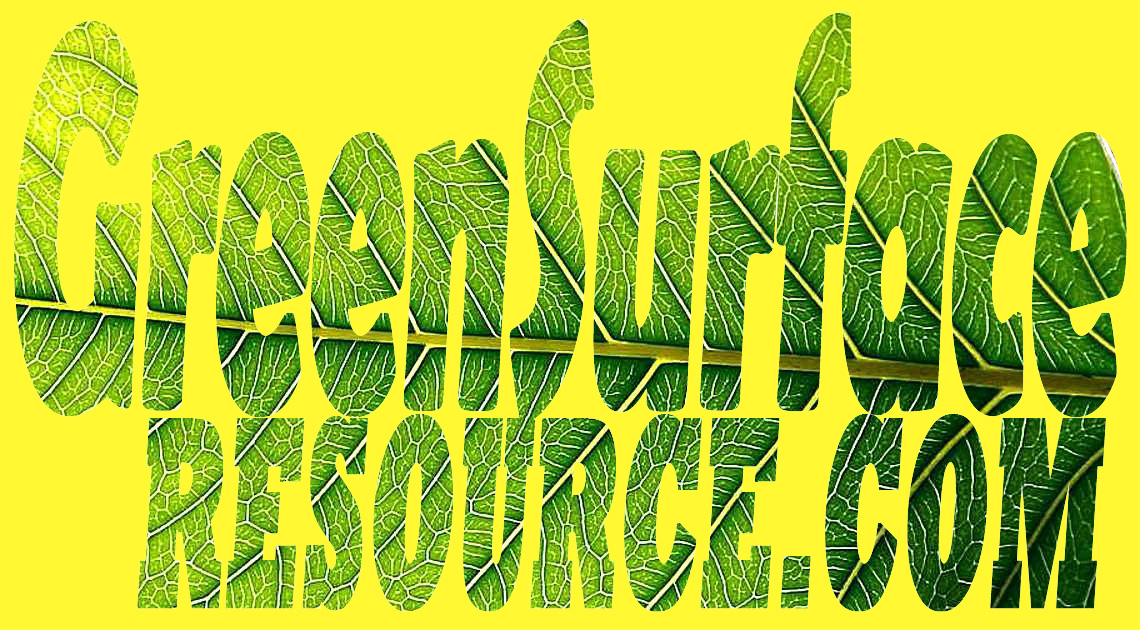Green Retirement Communities on the Rise

When most people think of environmentalism and sustainable living, they picture young, self-righteous hipsters, or at the very least, it is the younger generation in general pushing to reduce everyone’s carbon footprint. However, many of us tend to forget that environmentalism had been an issue in some circles since the early 20th century until it culminated into one of the primary objectives of the hippie movement, which directly led to the first Earth Day in 1970. Even Richard Nixon stated in his 1973 State of the Union Address, “As we work to expand our supplies of energy, we should also recognize that we must balance those efforts with our concern to preserve our environment. In the past, as we have sought new energy sources, we have too often damaged or despoiled our land.”
Those people who were 20 years of age in 1970 are now 65, an age that is loosely considered the norm for retirement, and they are now or will soon be taking a look at retirement communities. This fact has slipped by most of us, but it was brought to the public’s attention earlier in the year with the publication of an article in The New York Times concerning the growing demand and expectations for green retirement communities.
Demand Grows for Sustainability Among Seniors
The article begins with a firsthand account of David Conrad, a retired professor who lives in a community in Vermont that complements his love of the environment, which is shared by his wife. He spends his days working in the community garden, walking the expansive wooded trails on the grounds and managing a local recycling campaign. His primary reason for living in this green retirement community is that he wants to live the rest of his days in healthy, sustainable environment.
People who work directly with senior-housing programs across the country are predicting that green retirement communities will become commonplace or even the standard over the next 20 years. Right now, a multitude of these communities are in development, and the demand is far outweighing the supply.
Benefits and Challenges for Green Communities
Sustainable retirement communities offer several benefits, but most of them are not readily apparent. The carbon footprint of these communities are reduced through initiatives aimed at saving energy and water, such as installing geothermal heat pumps and low-flow plumbing fixtures. In addition, the buildings are made with non-toxic and recycled materials, including recycled countertops, and they make the most efficient use of natural light.
While subsidies and tax breaks for energy-saving programs helps with the upfront cost of these facilities, challenges do exist, one of the biggest of which is navigating through the gray waters of public policy.
Jamie Hopkins, associate professor of taxation at the American College of Financial Services, believes the best way to reap the full advantages of green-building programs is to ensure there is sufficient evidence to back up the claims that a community or building is sustainable. “Eco-friendly doesn’t mean a lot, and some places just use buzzwords,” said Hopkins. He clarified by stating that a community cannot claim to be green if it includes a golf course because golf courses require an overabundance of water.
Two green standards, however, are currently available that can be used as a guide to developers who would like to build truly sustainable communities for seniors: LEED certification and Energy Star ratings. Energy Star is a government program that rates appliances on their energy efficiency, and it is pretty cut and dry.
LEED Certification
LEED certification is a little more complex than Energy Star is. However, it has become widely adopted in recent years thanks to a push by the standard’s creator, the U.S. Green Building Council (USGBC). This program is a tiered system with four levels, which are, lowest to highest, certified, silver, gold and platinum. According to Hopkins, most retirement communities today have silver certification because gold and platinum can be difficult and costly to attain.
Scot Horst, chief product officer of the USGBC, states that LEED certification is based on a holistic view of a building or development. “It all impacts how people feel in the space,” said Horst. “There’s…a greater connection to the outdoors.”
LEED certification can be attained in several ways. While energy efficiency is a great start, an option that many developers find affordable is to use sustainable building materials, such as countertops made from recycled materials.
Northeast and Northwest U.S. Lead the Way
Currently, most green retirement communities are located in the Northeast and Northwest U.S. As GreenSurfaceResource.com is headquartered in Portland, Ore., we are privileged to be able to view a few examples firsthand. A nonprofit organization called Elders in Action has done work to pave the way for sustainable retirement communities within the city despite most of them being located on the outskirts of urban centers.
Some longstanding retirement communities in Portland have transformed into green communities with the help of nonprofit advocates and local businesses. One of these is Rose Villa, which is not yet LEED certified but has taken the steps necessary to become so in the future.





Recent Comments